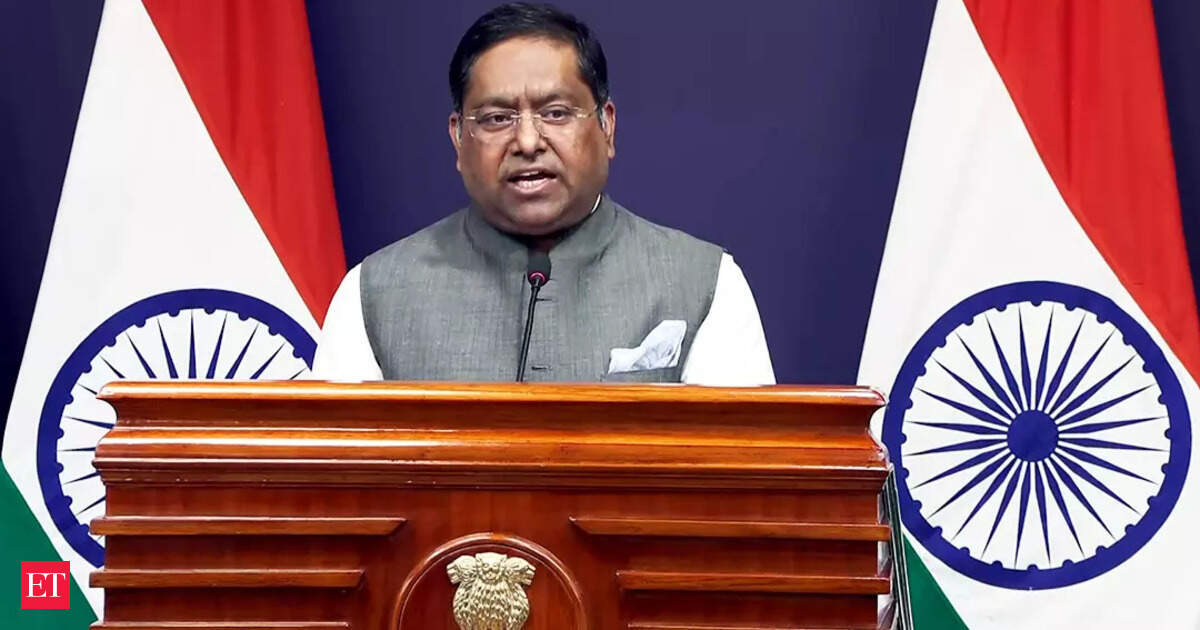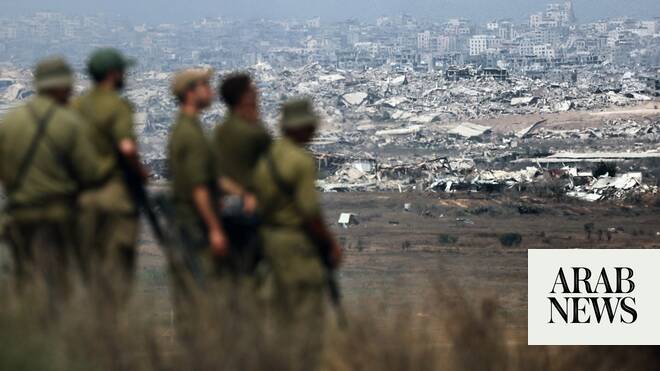A new study reveals surprising differences in sweetness among top-selling infant formulas and why “more sugar” doesn’t always mean a sweeter taste.
Study: Sweetness Ratings of U.S. Infant Formulas. Image credit: New Africa/Shutterstock.com
A study published in Nutrients evaluated the sweetness properties and ratings of six commonly used infant formulas in the United States, all sourced from the two manufacturers holding state-level contracts for the Special Supplemental Nutrition Program for Women, Infants, and Children (WIC). The sample sweetness ratings of infant formulas in the US showed significant differences, which warrant more research on sensory, behavioral, and health aspects of their use.
Infant nutrition and composition of infant formulas
Several factors shape children’s eating behaviors, including exposure, food familiarity, and the environment. Taste plays a critical role in food selection. Relative to adults, children and infants show a greater preference for sweetness. Research suggests a relationship between increased intake of sweet foods and hedonic hunger, even among infants.
In at least the first four months after birth, infant formula or breastmilk is the sole source of dietary intake, which is also the first exposure to sweetness. During this phase, infants’ developing sensory systems may exhibit heightened neural sensitivity, meaning that exposure to sweetness can have a stronger and more lasting influence on their taste preferences and feeding behaviours than it would in later life. This makes it important to assess the flavor profile of infant formulas. The heterogeneity in flavor and sweetness is due to differences in key components, such as fats, proteins, carbohydrates, and additives.
In the US, despite overall regulation by the Food and Drug Administration (FDA), the components of infant formulas show significant differences, and the carbohydrate content, which may include added sugars, remains largely unregulated. Research on the sweetness properties of infant formulas and their potential effects on infant health is limited. Specifically, the sweetness level of US infant formula has not yet been quantified.
About the study
This study assessed the sweetness ratings of six of the US’s most used infant formulas from two manufacturers. The formulas selected included two standard milk-based formulas, two reduced-lactose formulas with corn syrup solids, one lactose-reduced formula with rice starch, and one lactose-free soy-based formula.
It also shed light on the sensory attributes that influence flavor perception in infant formulas. At the Kansas State University-Olathe Campus (K-State Olathe), a sensory panel of 15 individuals was formed. Three distinct sensory acuity screening tests were conducted to test an individual’s ability to detect, differentiate, and quantify various sucrose concentrations. Only candidates who achieved perfect scores, accurately detecting, distinguishing, and ranking all sweetness samples in the screening test, were selected to join the sensory panel. This ensured that only individuals with high sensory sensitivity participated in the study.
The sample comprised five males and ten females, with an average age of 56.1 years. All panel members were non-smokers, and no known food allergies were reported. During testing, strict environmental controls were maintained to minimize bias, including quiet, distraction-free rooms, controlled lighting and temperature, and palate cleansing between samples. The panel evaluated the formulas using a sweetness scale from zero to fifteen, where fifteen represented extreme sweetness (16 g sucrose/100 mL of water) and zero represented no sweetness (distilled water). A 3-way ANOVA and post hoc pairwise comparisons were used to determine differences in sweetness.
Study findings
The sensory panel analysis showed a notable heterogeneity in the range of sweetness levels, with individual sample ratings ranging from 0 to 4.5. The average sweetness rating was 1.9. Across all formulas, significant differences were detected. A standard milk-based formula with no added non-lactose sugars was rated significantly sweeter than all other samples.
Furthermore, the ratings for three other formulas with added non-lactose sugars were markedly lower than those of the other samples. This finding was surprising as lactose is the least sweet among the common monosaccharides and disaccharides. Its relative sweetness ranges from 15 to 40, compared to sucrose (100) and glucose (50–75). The authors note that other factors, such as mildly sweet or non-sweet prebiotics, the bitterness of partially hydrolyzed proteins, and the viscosity introduced by rice starch, may have reduced perceived sweetness despite higher sweetness sugars.
Prebiotics were added in four infant formulas, specifically fructooligosaccharides, polydextrose, and/or galactooligosaccharides. A lack of sweetness characterizes polydextrose, while galactooligosaccharides and fructooligosaccharides are mildly sweet. Their inclusion could have influenced the overall sweetness profile of the samples analyzed. The type of protein, i.e., partially or fully hydrolyzed, affects the sweetness perception. While hydrolysis improves protein digestibility, it also results in a distinct bitter flavor profile.
Regarding the comments on the sensory attributes, common words used were “frothy” or “foamy,” “grassy,” “creamy,” and “aftertaste.” Sometimes, soybeans are dehulled to produce soy protein isolates, which could leave some impurities affecting sensory quality. The common terms used while evaluating the soy-based infant formula were “earthy,” “grassy,” and “grainy.”
Lipids could also affect the taste perception of infant formulas. The samples analyzed contained varying combinations of high-oleic safflower, soy, high-oleic sunflower, and coconut oil. Four samples also contained the liquid fraction of palm oil. While most of these oils are generally regarded as neutral or mild in flavor, coconut oil can have a detectable sweet and nutty flavor. The study also noted that lipid oxidation during processing or storage can lead to “off” flavors, which may interfere with sweetness perception.
Conclusions
Sample sweetness ratings showed marked heterogeneity and indicated significant differences among the formulas. Given that the products tested account for a large share of U.S. infant formula consumption through WIC, the findings have broad public health relevance. This should lead to more research on sensory, behavioral, and health aspects of infant formula use.
A limitation of the current study is that it did not include a representative sample of the intended population: infants. Instead, sweetness perception was assessed using a trained panel of adults with an average age of 56.1 years. This is essential to note because adults and infants differ in taste sensitivity, developmental physiology, and feeding behaviour, meaning the results may not fully reflect how infants would experience the same formula.
The authors caution that infants’ heightened taste sensitivity and different feeding behaviors mean that adult-derived sweetness ratings may not reflect the infant experience.
Download your PDF copy now!
Journal reference:
- Olson, C., Kumar, R., Talavera, M.J., Anderson, C.E. and Hanson, J.A., (2025). Sweetness ratings of U.S. infant formulas. Nutrients, 17(16), p.2602. https://doi.org/10.3390/nu17162602. https://www.mdpi.com/2072-6643/17/16/2602







